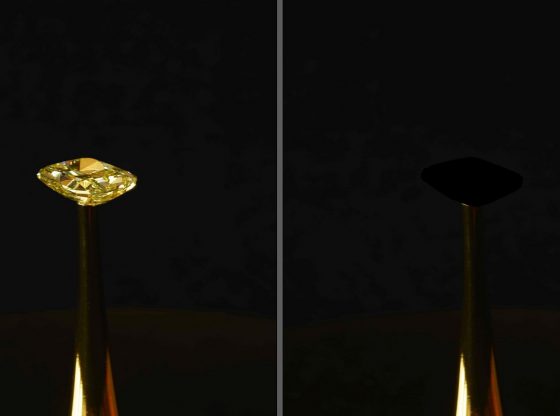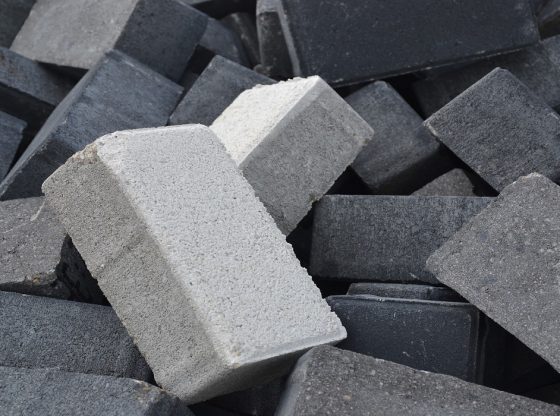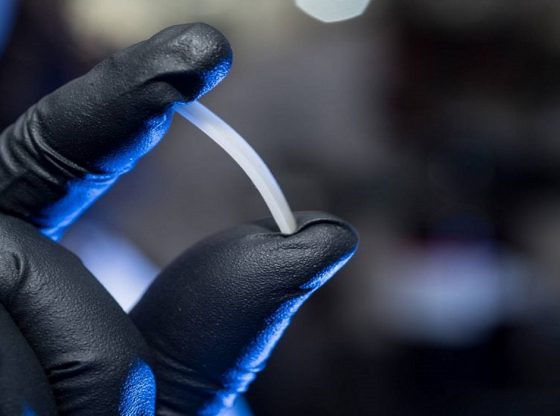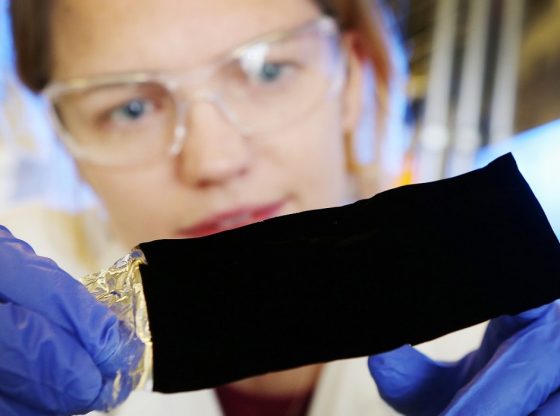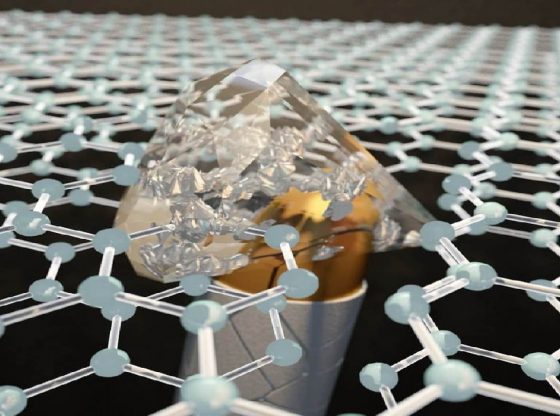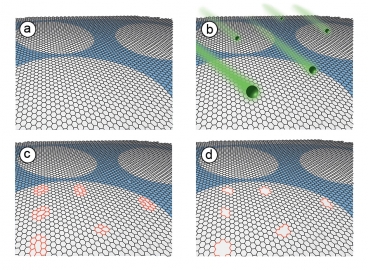
U.S. scientists at the Massachusetts Institute of Technology have developed a new method of filtering salt water using graphene. This is potentially a technology that would make oceans a much more viable source of drinkable fresh water in the future.
Graphene truly appears to be a miracle material, with plenty of revolutionary aspects and potential future applications. It is one of the strongest materials available, it has an exceptional ability to conduct electric current and is extremely light.
The scientists perforated a sheet of graphene with holes smaller than a nanometre. The resulting filter effectively allows water atoms to pass through, but larger atoms or molecules are stopped.
Graphene is among the densest materials known to man and does not permit even a single atom to pass through it, even when extremely thin. It is therefore very suitable to be used as a filter.
The use of graphene as a filter is not new by itself, but the ability of the U.S scientists to precisely and to a much greater extent control how large and how many holes are created – is. Their work enables the filter to take the leap from the lab to production on a larger scale.
Manufacturing is key since it is indeed difficult to create a filter with holes at a precise size. The new method developed by the researchers gives them the power of effectively choosing what substances to pass through and what not to.
The researchers manufacture the filter by combining two methods:
First, they bombarded the graphene with gallium ions to weaken the structure, making it more reactive. They then gave the graphene a bath in an oxidizing solution that etches and produces small holes where the gallium ions met a carbon atom on its surface – creating holes with sizes directly correlated to the time of the bath.
The research was done at Massachusetts Institute of Technology (MIT) and the project received support from the Center for Clean Water and Clean Energy at MIT and KFUPM and the U.S. Department of Energy. The research has been published in Nano Letters.
_______________
Water Desalination across Nanoporous Graphene
Selective Ionic Transport through Tunable Subnanometer Pores in Single-Layer Graphene Membranes
MIT press release
______________________________


